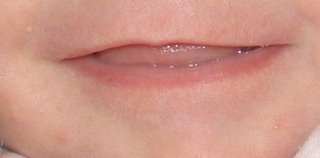We learn the mitzvah of tzedakka from this weeks’ parsha.
It says “If there will be among you a needy person, from one of your brothers in one of your cities, in your land the Lord, your God, is giving you, you shall not harden your heart, and you shall not close your hand from your needy brother.” (15:8).
Sefer HaChinuch, says (mitzvah # 479) that part of fullfilling the mtizvah of tzedakka isn’t just giving a poor person money. It applies to a wealthy person who needs something as well. What is really interesting is that the mitzvah can also be fullfilled (according to the Chinuch) by giving someone in need: food, items, a gesture, or even a kind word to make them feel better.
The Vilna Goan (from R Z Pliskin’s LOVE YOUR NEIGHBOR) says that based on the pasuk using the word ‘hand’ we learn that all of ones’ fingers seem to be the same lengh when a fist is closed. When you open up your hand you see that each finger is a different length, just like each persons’ needs are different when it comes to tzedakka.
Of course a kind word or action, as tzedakka, might also fullfill the mitzvah of Chessed. For example, (not to blow my own shofar, but only to so that simple actions make a difference) I recently was visited by some people fundrasing for an institution in E”Y. In edition to giving to them a donation , I also asked if they would like me to make photocopies of their ‘lettters of introduction’, so they could leave with people who were too busy to meet with them. They were very thankful for this simple act.
Gut Shabbos Kodesh.






